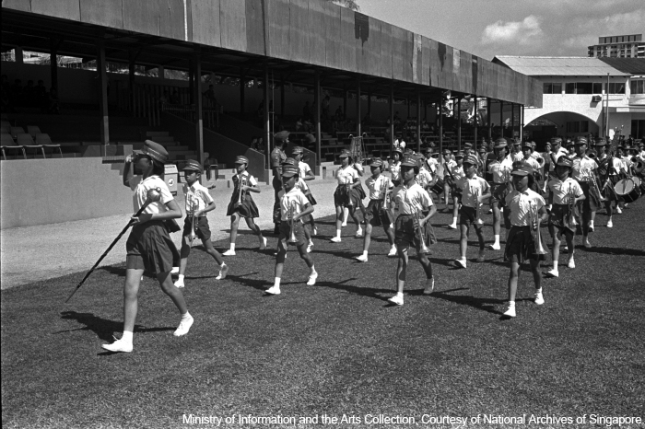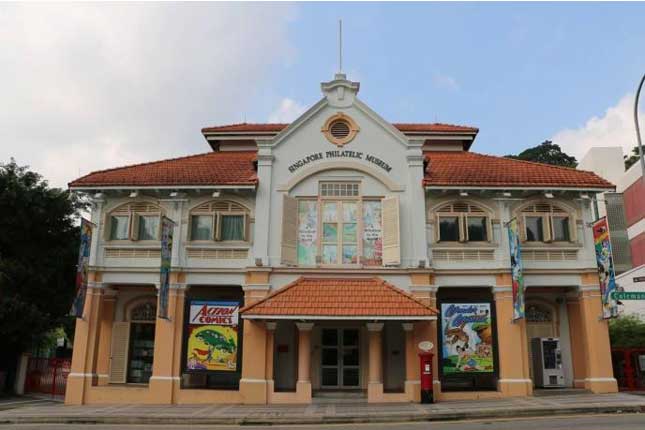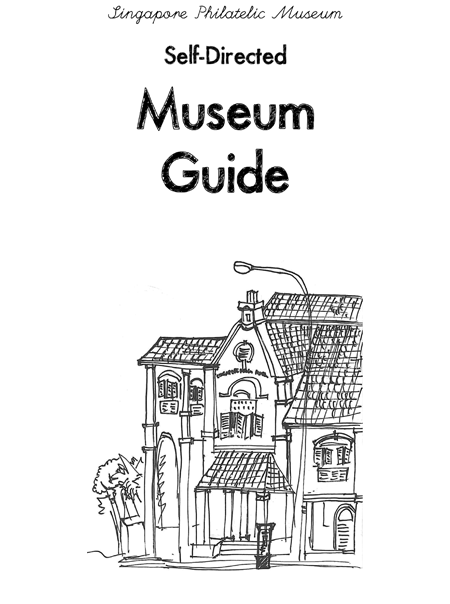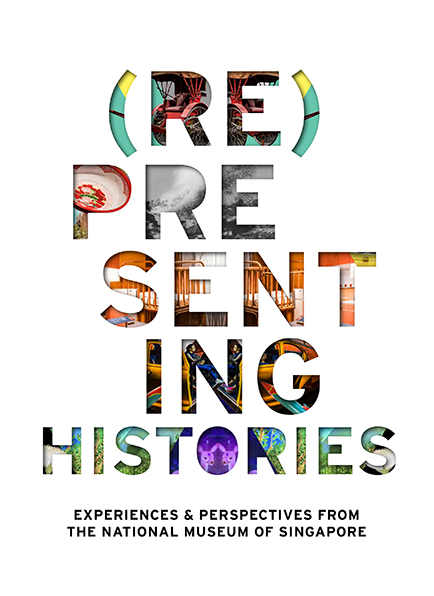By Mishelle Lim, Assistant Manager, Special Projects, Singapore Philatelic Museum
Images by Singapore Philatelic Museum
BeMuse Volume 3 Issue 3 - Jul to Sep 2010
Football is widely considered the most popular sport in the world. From 11 June to 11 July 2010, people of different nations and cultures were watching the FIFA World Cup – the most prestigious and anticipated football event in the world. The previous World Cup tournament held in 2006 drew and amazing viewership of 26.3 billion.
In fact, the appeal of football goes back thousands of years. Archaeologists have unearthed evidence of earlier versions of football played by ancient civilisations across the globe, including Ancient Rome, Greece and China.



However, modern football was first played in England in the 19th century. It is believed to have originated in public schools for boys as an extra-curricular activity to bring about discipline and foster team spirit.
THE MASS APPEAL OF MOB FOOTBALL
In medieval Britain and France, large-scale and often riotous ball games were popular with the masses. They were played by many players, sometimes numbering in the hundreds, with few restrictions. Divided into teams, the participants had to get the ball to its destination with their hands and feet. The unruliness of the games caused King Edward II (1284 to 1327) of England to officially ban them in 1314.
In 1477, King Edward IV (1442 to 1483) explicitly forbade the playing of football and other games as they were distracting the people from practising archery which was deemed a necessity in wars. Despite royal disapproval, mob football continued to be enjoyed by the people until the 19th century when a new version of the game emerged.
THE BIRTH OF MODERN FOOTBALL
British public schools in the 19th century catered to the aristocrats and the nouveau rich. The students harboured a sense of social superiority over the staff which sometimes made controlling them a nightmare. Compulsory games were introduced to bring about some discipline and divert the excess energy of the hormonally charged teenagers. Unsurprisingly, traditional football with its chaotic and boisterous nature became popular. Games were held to improve staff-student relations, forge school unity and promote the notion of putting the institution before oneself.
Each school had their own football rules that were at first passed down orally. The sport became more organised with the formation of houses, colours and contests. The first set of rules was written in 1846 at Rugby School in Warwickshire.
Former public school boys spread the game to Oxford and Cambridge when they entered university and promoted the sport in the army. Some even went on to set up their own football clubs, with each having their own rules. Some favoured a rugby style of playing while others forbade touching the ball with the hands. During matches, the first half of the game could be played under the rules favoured by one club while the second half would adhere to the rules of the other club.
Researchers have found that organised football matches were held outside the world of public schools as well. These games, which often involved betting, took place all over Britain.
In 1862, representatives of leading football clubs met to standardise the football rules. Those who preferred a dribbling version of the game set up the Football Association (FA) on 26 October 1863. Those who favoured a rugby-like version withdrew from the meeting and went on to form the Rugby Football Union in 1871. Football, as we know it today, became referred to as association football. The FA Cup, launched in 1871, is the oldest national football competition. Today, the rules of the game are determined by the International Football Association Board.
KICKING OFF EVERYWHERE
Football quickly found its place in rapidly industrialising Britain. Men from all social classes enjoyed it and played against one another. The football pitch became a legitimate venue for the working class to take a shot at the elite. Football had even begun to surpass the popularity of rugby. One of the reasons was that it was just as masculine but less rough than rugby. Young men simply could not afford to be absent from work due to injuries! Britons who travelled overseas, especially to parts of the British Empire, brought the game with them. As the popularity of football grew, particularly in Europe and South America, other countries began to set up their own football associations.
BIRTH OF THE WORLD CUP
In the early 1900s, some national football associations wanted to create an international body to discuss the future of football. They were interested in organising an international football competition. As a result, the Fédération Internationale de Football Association, or FIFA, was formed in 1904. Its founding members were France, Belgium, Denmark, Netherlands, Spain, Sweden and Switzerland.

FIFA held the first World Cup in Uruguay in 1930. Since then, FIFA has organised a World Cup tournament every four years, with the exceptions of 1942 and 1946 due to World War II. The 2010 World Cup attracted a record 205 national teams in the preliminary rounds, with 32 countries vying for the crown in the finals in South Africa.


FOOTBALL IN SINGAPORE
In the late 19th century, the British in Singapore formed sporting clubs and regularly competed against one another. The first football match recorded on the island was played in 1889 by British engineers at a pitch in Tank Road. The game was subsequently introduced to British subjects and students in British schools, before it became a favourite sport among the locals.
A predecessor of the Football Association of Singapore, the Singapore Amateur Football Association (SAFA) was registered in 1892. Formed 29 years after the Football Association in England, it is possibly the oldest football association in Asia. The SAFA held the first Singapore Football League in 1904. The early football scene in Singapore was dominated by Europeans. But by the 1920s, local teams such as the Singapore Chinese Football Association and the Singapore Malays Football Association began to make their mark. They often competed with overseas teams to packed stadiums. Once, the best players from both associations literally brought the house down when they beat Australia 4-2 at Anson Road Stadium.

"Singapore’s passion for football never waned, even when the threat of war loomed. In 1941, the island’s team beat Penang to clinch the Malaysia Cup for the fourteenth time. The Malaysia Cup was one of the most anticipated football competitions in Singapore. It was started in 1921 as the Malaya Cup by officers of the British battleship, HMS Malaya. Many Singaporeans still remember the days when the whole nation would put aside whatever it was doing to cheer for the national team, fondly called ‘the Lions’."

However, 1994 was the last year Singapore won the Malaysia Cup. In 1995, Singapore’s football administrators withdrew from the tournament to focus on developing its own league. This did not sit well with local fans. Nevertheless, the S.League was born in 1996. As of 2010, 12 teams, featuring a mix of local and foreign talents, vie for the S.League title.

The special exhibition Football Fever! was held at the Singapore Philatelic Museum from 8 June till 29 August 2010.







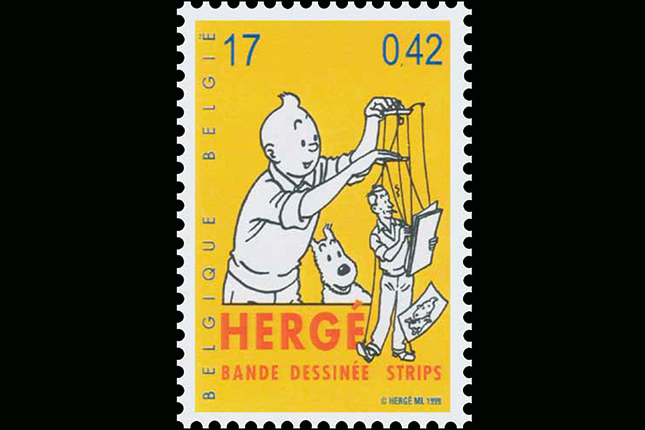
.ashx)
